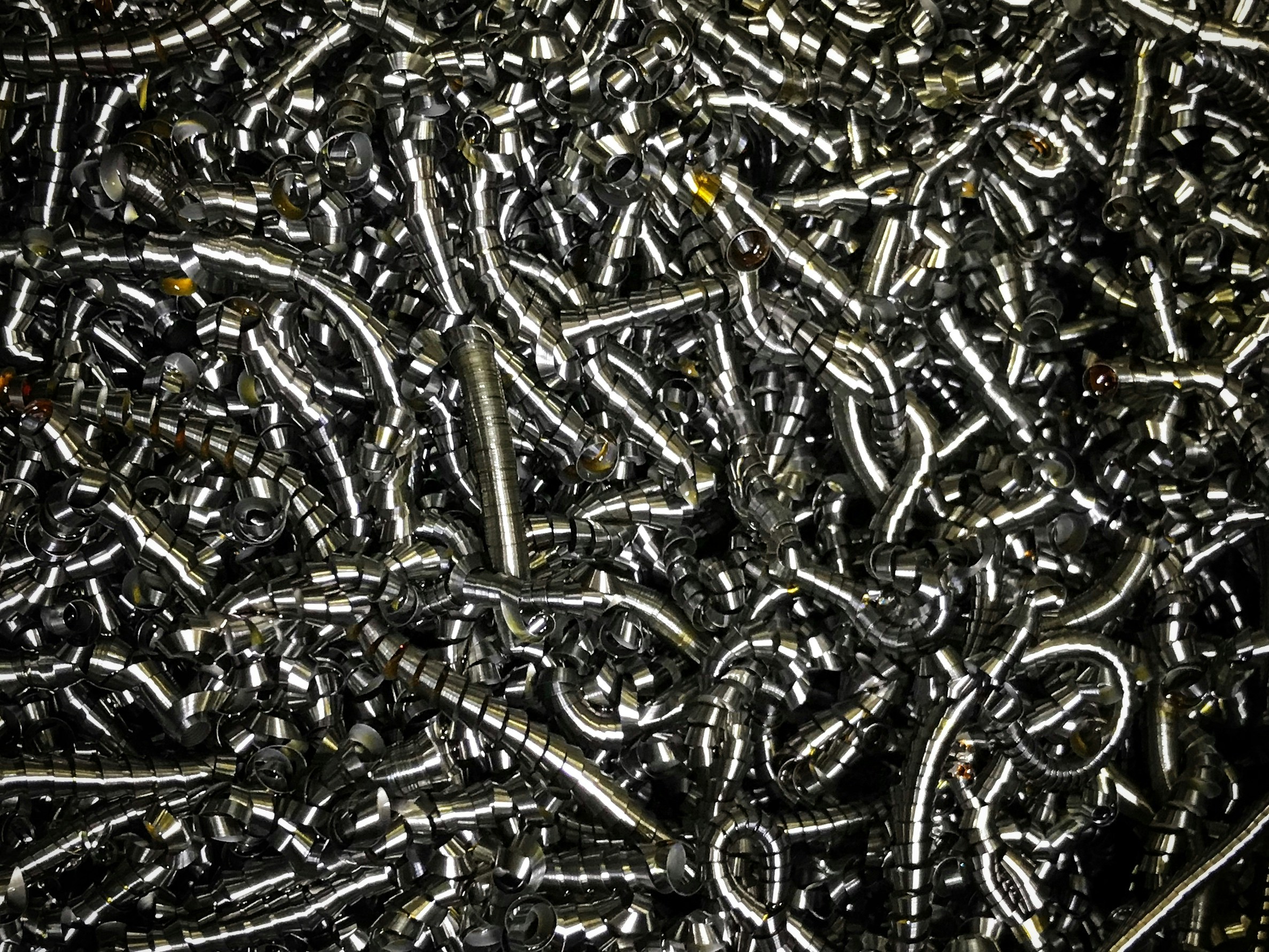Strength and Quality of Geo Membrane Waterproofing Systems
Various tests have been developed to assess the strength and quality of geomembranes. The most common test methods are based on ASTM and ISO.
Geomembranes are used where loss of water, soil or vapor cannot be tolerated, whether it is for geothermal energy projects, landfills, waste storage areas, or industrial facilities. A detailed engineering assessment and compliance check with local regulations is crucial to ensure a successful project.
Waterproofing
A geomembrane waterproofing system acts as a continuous barrier that prevents water from coming into contact with vulnerable surfaces. It can be laid above ground, like in canal linings, or buried underground, such as in landfill caps. During installation, geomembrane sheets are placed over the area needing protection and seams are sealed to create a unified barrier. The material and thickness of the membrane are dependent on project specifications, local conditions, and environmental factors.
High-density and low-density polyethylene (HDPE or LLDPE) are the most common geomembranes for waterproofing applications. These membranes are durable and offer a long lifespan. They are also resistant to chemicals, making them ideal for industrial uses.
Other waterproofing materials include geosynthetic clay liners, which are made of needle-punched geotextiles and bentonite clay that swells when in contact with water. This form of liner is used for lining ponds and industrial tanks. It is also used in waste management projects to protect soil and water bodies from contamination.
EVOH ethylene copolymer is a waterproofing membrane that has the added benefit of acting as a radon gas barrier, preventing harmful gases from entering buildings. It has a 7.50 m width, which optimizes installation costs and improves quality control on site by reducing the number of welding seams needed.
Drainage
When it comes to waterproofing construction projects, geomembrane membranes act as a shield to protect structures from the penetration of water, soil, and debris. Constructed from flexible and durable plastic materials, these liners are also highly resistant to chemicals and have an exceptionally long lifespan. This makes them ideal for preventing leakage, controlling erosion, and undertaking environmental protection projects.
Depending on the requirements of a project, these waterproofing membranes can be either permeable or impermeable. Permeable membranes allow water to pass through them without displacement of the surrounding soil, while impermeable ones prevent the passage of water and other pollutants into clean soil and groundwater. These membranes can be welded together using hot air or chemical methods to ensure strong and waterproof connections.
The manufacturing process of a geomembrane begins with the formation eomembrane Waterproof Geo Membrane of raw materials such as polymer resins, antioxidants, plasticizers, and fillers. These materials are then processed using extrusion, calendering, and spread coating to form sheets of different sizes and thicknesses. These sheets are then tested for quality and durability.
Geomembranes are used in geothermal energy projects to prevent leakage, and at contaminated sites to isolate pollution like heavy metals or volatile organic compounds until remediation is completed. They are also employed in coastal zones to reduce saline intrusion into freshwater aquifers. Lastly, they are utilized in landfills to control waste and minimize environmental impacts.
Containment
The primary function of the geomembrane is to prevent toxic and pollutant substances from leaching into the ground. These geosynthetics are resistant to chemicals and have low permeability, making them ideal for containment projects. They can be used to line landfills and industrial evaporation ponds, as well as in water storage reservoirs and irrigation channels.
To be effective, the geomembrane must be able to withstand construction activity and remain durable once it is in service. It should possess sufficient yield tensile strength, sustained loading seam strength and abrasion resistance. In addition, the material should be able to resist temperature fluctuations and thermal expansion-contraction.
It is also important to choose a material that is resistant to chemical degradation, puncture, mechanical damage and UV radiation. This is important because a geomembrane can be in contact with hazardous materials for a long period of time, and must be able to withstand the effects of these chemicals.
The most commonly used geomembrane material is high-density polyethylene (HDPE). It is easy to work with and provides superior tensile strength and abrasion resistance. It is available in various thicknesses to meet the requirements of different projects. In addition, it is lightweight and easy to transport. Lastly, HDPE is highly resistant to chemical degradation and UV radiation. This is why it is often used in landfills and in wastewater treatment plants.
Protection
In the construction industry, geomembranes find great application for preventing leakage in waste water reservoirs and storage ponds. They are also used for erosion control and environmental protection projects. They are made from non-toxic materials and can withstand harsh weather conditions, including high temperatures.
The durability of geomembranes is determined by a combination of factors, such as their physical strength and how they are constructed. They can withstand mechanical abrasion, chemical attacks, and even UV radiation. They are resistant to punctures, cracks and tears, making them more durable than traditional clay barriers.
They are also made from non-toxic materials, making Road reinforcement geocell them safe for use in sensitive environments. These liners are economical and require low maintenance compared to other traditional materials, such as clay barriers. They are also easy to install and can be welded easily.
During the manufacturing process, these membranes are assembled by extrusion, calendering, and spread coating. They are then rolled up and shipped for use. Geomembranes can be made in various widths and thicknesses. They are typically made from polyethylenes, but some include additives such as fillers, plasticizers, carbon black, and lubricants. The additives add stability and improve the permeability of the final product. These additives can also make them more resilient against abrasion, UV degradation, and other harsh environments. Long-term degradation can be monitored by examining the stress-strain behavior of the membrane, such as elongation at failure and modulus of elasticity.

